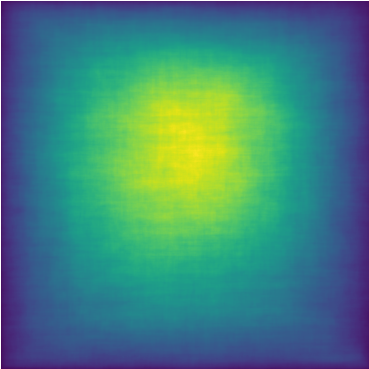This paper presents final results of the Out-Of-Vocabulary 2022 (OOV) challenge. The OOV contest introduces an important aspect that is not commonly studied by Optical Character Recognition (OCR) models, namely, the recognition of unseen scene text instances at training time. The competition compiles a collection of public scene text datasets comprising of 326,385 images with 4,864,405 scene text instances, thus covering a wide range of data distributions. A new and independent validation and test set is formed with scene text instances that are out of vocabulary at training time. The competition was structured in two tasks, end-to-end and cropped scene text recognition respectively. A thorough analysis of results from baselines and different participants is presented. Interestingly, current state-of-the-art models show a significant performance gap under the newly studied setting. We conclude that the OOV dataset proposed in this challenge will be an essential area to be explored in order to develop scene text models that achieve more robust and generalized predictions.
翻译:本文介绍了2022年弹道外射(OOV)挑战的最后结果。OOOV竞赛介绍了一个重要方面,而光学字符识别(OCR)模型通常不研究的一个重要方面,即:在培训时识别隐蔽场景文字实例。比赛汇编了由326 385个图像组成的公共场景文字数据集,共4 864 405个场景文字实例,涵盖广泛的数据分布。一个新的和独立的验证和测试组与培训时词汇外的场景文字实例一起组成。竞争分为两个任务,即终端到终端和裁剪场景文字识别。对基线和不同参与者的结果进行了透彻分析。有趣的是,目前的最新模型显示了新研究环境中的重大绩效差距。我们的结论是,在这项挑战中提议的OOV数据集将是一个需要探索的重要领域,以便开发出能够实现更可靠和普遍预测的场景文字模型。









